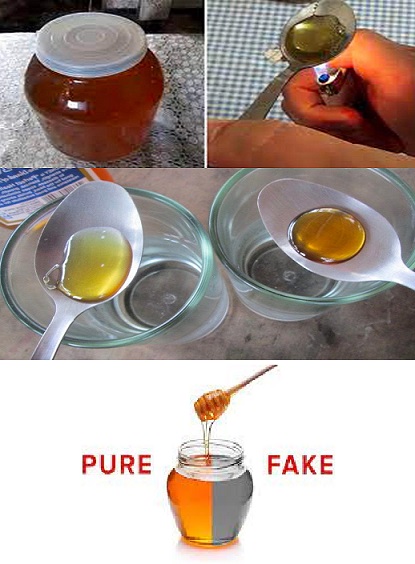Ants are attracted to adulterated honey due to its sugar content but not to pure honey. However, this test isn’t widely supported by evidence, and there’s no known reason why ants would prefer processed sugar over real honey.
Distinguishing Between 100% Pure Honey and Adulterated Honey:
To enjoy the benefits of honey, purity is paramount. Due to high demand, some companies exploit this by selling adulterated honey, which may contain additives like glucose, dextrose, molasses, sugar syrup, corn syrup, starch, or other similar products.
Characteristics Comparison:
Here are the key differences in honey’s properties that can help distinguish between real and fake honey:
Test Pure Honey Adulterated Honey
Viscosity Sticks without dripping when rubbed between fingers Sticky due to additional sweeteners
Thickness Thick, slowly moves from one side of the jar to the other Not thick, easily flows
Taste Flavor dissipates within minutes (Note: Heating and cooling can change the taste) The added sugar prolongs the flavor
Smell Fragrant No smell or sour odor
Heat Effect Caramelizes quickly without foaming Bubbles, foams, and does not caramelize
Dissolution Does not dissolve easily in water, settles at the bottom, and dissolves slowly when stirred Dissolves in water forming threads, resulting in a cloudy solution
Flame Test A match ignites easily when dipped in honey Matches do not ignite easily due to moisture in adulterated honey
Continue Reading in next page

